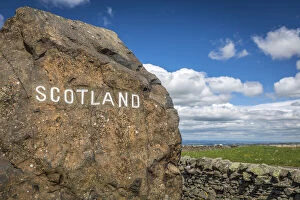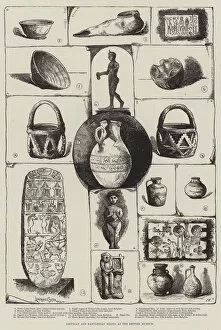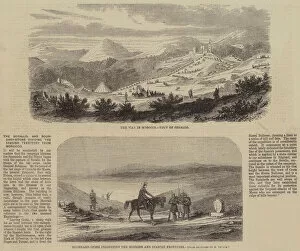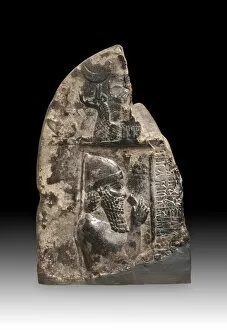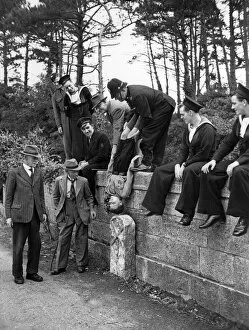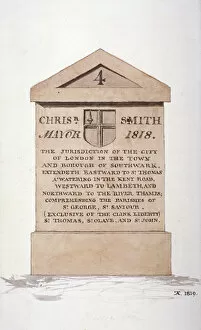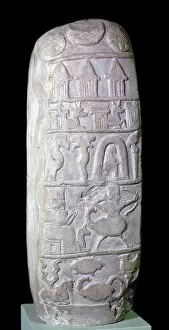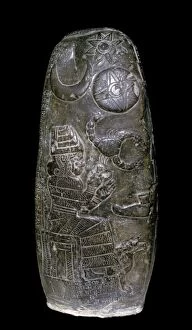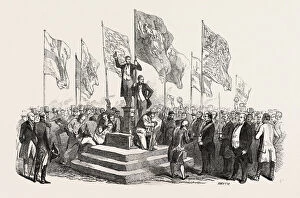Boundary Stone Collection
"Tracing the Markers of History: Boundary Stones Across Time and Space" From the ancient Babylonian kudurru to the boundary stone on England's A68
For sale as Licensed Images
Choose your image, Select your licence and Download the media
"Tracing the Markers of History: Boundary Stones Across Time and Space" From the ancient Babylonian kudurru to the boundary stone on England's A68, these markers have stood as silent witnesses to territorial divisions throughout history. In Jedburgh, Scottish Borders, Scotland, an unassuming stone marks the border between England and Scotland. Dating back centuries, it serves as a reminder of long-standing disputes and agreements that shaped nations. Traveling further back in time, we encounter the Babylonian boundary-stone (kudurru) from King Nebuchadnezzar I's reign. Crafted around 1125-1104 BC, this artifact showcases intricate carvings depicting gods and symbols of power. It symbolizes not only territorial boundaries but also religious beliefs ingrained in ancient Mesopotamia. Venturing into Italy's Orvieto necropolis lies a cippo resembling a warrior's head. Created during 520-30 BC, this enigmatic piece adds another layer to our understanding of past civilizations' customs and rituals surrounding death. The British Museum houses Assyrian and Babylonian relics that provide invaluable insights into their respective cultures. Engravings depict scenes of conquests and rulers asserting dominance over vast territories through imposing boundary stones. Crossing continents to North Africa reveals an engraving showcasing The Serallo—a boundary-stone separating Spanish territory from Morocco—underscoring geopolitical tensions spanning centuries. Closer to home is an engraving representing The Thames and Medway Conservancy—an organization responsible for maintaining navigational boundaries along these iconic rivers in England. This depiction highlights how even natural features can serve as dividing lines with practical implications for trade and transportation. Delving deeper into history brings us face-to-face with fragments like a basalt boundary stone dating back to 699-694 BC. Though incomplete, its survival speaks volumes about human efforts to demarcate land ownership since antiquity.



